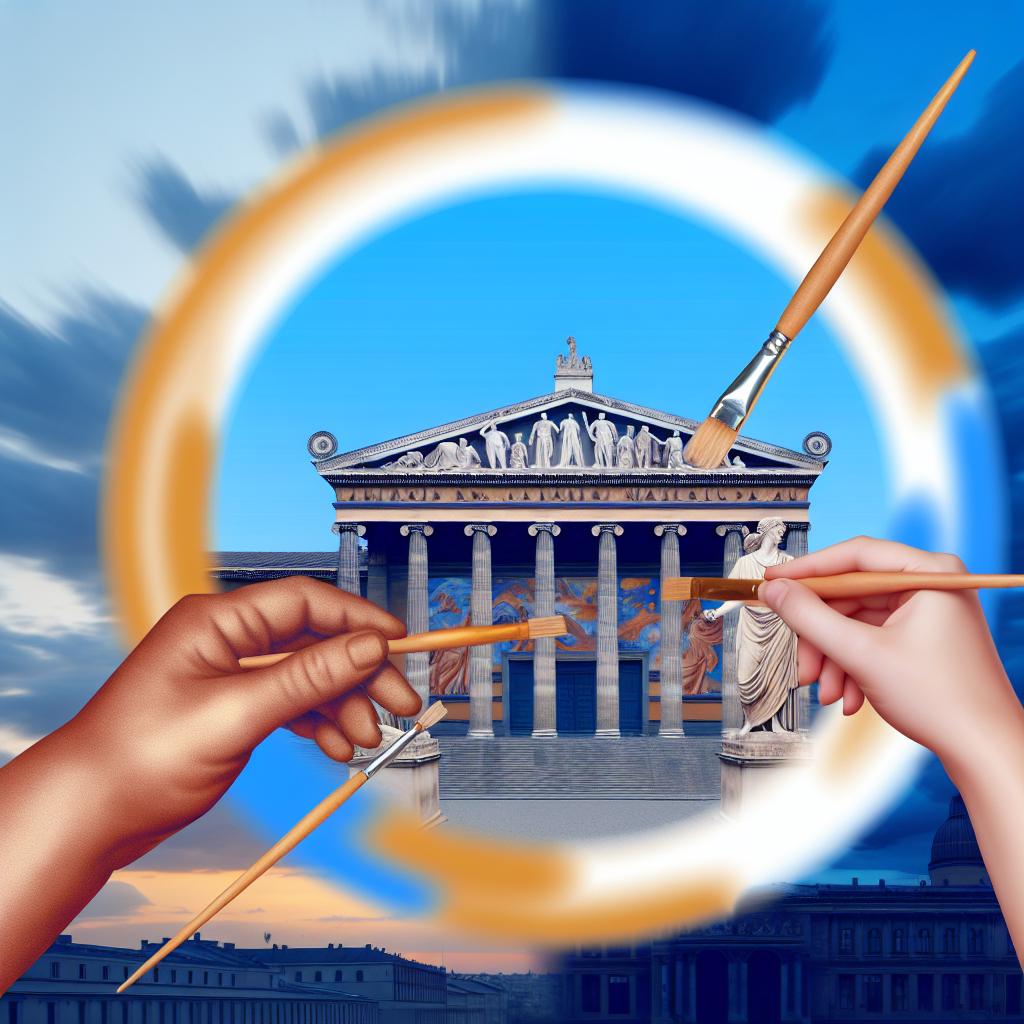Introduction to European Museum Collaboration
European museums have long been at the forefront of cultural preservation and education. By working together, these institutions enhance their ability to manage and display extensive collections and share scholarly resources. These collaborations often result in enriched visitor experiences, increased knowledge exchange, and broader accessibility.
Partnerships and Networks
Collaboration among European museums typically occurs through formal and informal networks. One prominent example is the Network of European Museum Organisations (NEMO), which facilitates communication and cooperation among its members. NEMO focuses on addressing common challenges faced by museums, such as digitization and public engagement, by organizing workshops, conferences, and research projects.
Another example is the Euromuse, an online platform that provides detailed information about numerous European museums’ exhibitions. It acts as a bridge connecting museums across different countries, promoting their events and facilitating visitor access to cultural content.
European museums operate in a landscape rich with history, diversity, and cultural significance. By cooperating with each other, they are not only preserving this heritage but also enhancing their impact and reach. The partnerships and networks that exist between these institutions are at the core of their collaborative efforts.
Through joint initiatives, museums can share best practices, strategize on common goals, and address prevalent challenges. For instance, museums engaging in joint research projects create opportunities to delve into aspects of history and culture that may have been neglected or unexplored. This is done by pooling intellectual and material resources.
Joint Exhibitions and Loan Programs
European museums often engage in joint exhibitions, allowing them to pool resources and share unique artifacts. This not only maximizes the impact of their collections but also fosters cultural exchange. For instance, the Intermuseum Collaborations project has been instrumental in organizing exhibitions that travel across various countries, thus reaching a broader audience.
Loan programs are another crucial aspect of collaboration. Museums frequently lend objects to each other temporarily, enabling them to present diverse and comprehensive exhibitions without possessing every artifact permanently. This practice helps in keeping exhibitions dynamic and offers visitors a chance to view rare items that may otherwise remain inaccessible.
Joint exhibitions provide a platform where artistic and historical dialogues take place. They allow museums to showcase narratives that transcend geographical boundaries, offering audiences new perspectives. By bringing together pieces from various collections, museums can craft storytelling experiences that are both compelling and educational.
Loan programs represent another cornerstone of museum collaboration. These programs facilitate the temporary exchange of artifacts between museums, offering a practical solution to the limitations of individual collections. Such exchanges enrich the cultural tapestry for visitors, providing them access to diverse artifacts that contribute to a more comprehensive understanding of different cultures and histories.
Research and Educational Collaborations
Beyond exhibitions, European museums collaborate extensively on research projects. These collaborations often involve sharing expertise and resources to conduct scientific studies, conservation efforts, and historical research. Such partnerships enable museums to enhance their understanding of their collections and contribute to global knowledge.
Education is another significant area of collaboration. Museums work together to develop joint educational programs, often incorporating digital technologies to reach wider audiences. By collaborating, museums can offer richer and more diverse learning experiences that benefit students and scholars alike.
Research collaborations are crucial for innovation and knowledge creation. By sharing expertise and resources, museums can participate in comprehensive studies that require multi-disciplinary approaches. Such collaborations often reveal new insights into historical contexts and conservation techniques, hence increasing the museums’ intellectual contributions.
Educational collaborations also hold great importance. By creating joint educational programs, museums provide dynamic and multifaceted learning experiences. These programs, often enhanced by digital tools, broaden the reach of museum education beyond physical boundaries. This approach has become increasingly important in enabling more inclusive access to educational content.
Challenges and Future Prospects
While collaboration among European museums yields substantial benefits, it is not without challenges. Differing national policies, funding limitations, and logistical issues can impede cooperative efforts. However, the ongoing dedication of these institutions to overcome such obstacles demonstrates their commitment to fostering cultural exchange and preservation.
Looking to the future, European museums are likely to strengthen their collaborative efforts further. The increasing importance of digital platforms and the need for sustainable practices will drive museums to innovate and find new ways to work together. By doing so, they can continue to enrich cultural understanding and maintain their crucial role in society.
Despite the benefits of collaboration, museums face significant hurdles. National policies differ widely, affecting how museums can operate and cooperate. Funding is another common stumbling block, as museums must often compete for limited resources needed to sustain collaborative projects. Logistical issues, including the transportation of artifacts and coordination across different time zones and languages, also pose challenges.
Nevertheless, European museums demonstrate a steadfast resolve to overcome these challenges. Through creative problem-solving and commitment, they continuously push for effective collaboration. As digital technology advances, it becomes an essential tool in overcoming some of these challenges, particularly in integrating virtual and augmented reality into the visitor experience.
Moving forward, the focus for European museums will likely be on enhancing digital collaboration. The integration of digital media into exhibitions and educational programming allows museums to broaden their audience globally and engage with younger, tech-savvy visitors.
Furthermore, sustainable practices are increasingly crucial, prompting museums to innovate in how they manage and share collections. By focusing on sustainability, these institutions contribute to wider societal goals while enhancing their capabilities.
In conclusion, the collaborative efforts of European museums are significant in ensuring the advancement and preservation of cultural heritage. Through partnerships, joint exhibitions, research initiatives, and overcoming challenges, these institutions provide enhanced value to society. As they continue to adapt and evolve, European museums will remain pivotal in the cultural and educational landscape.

